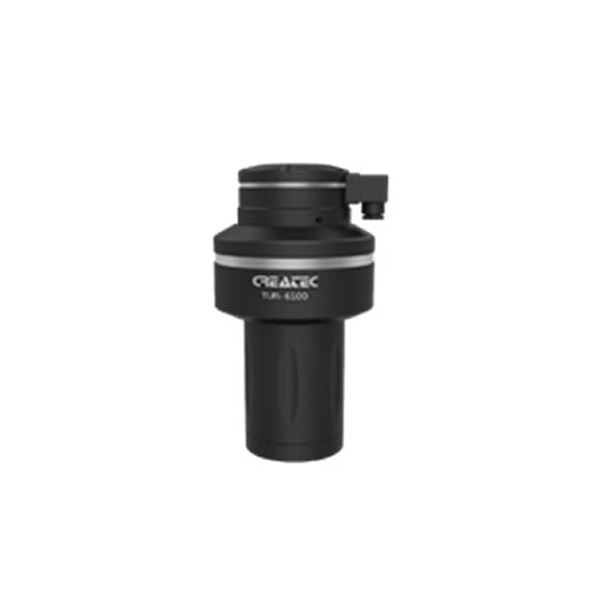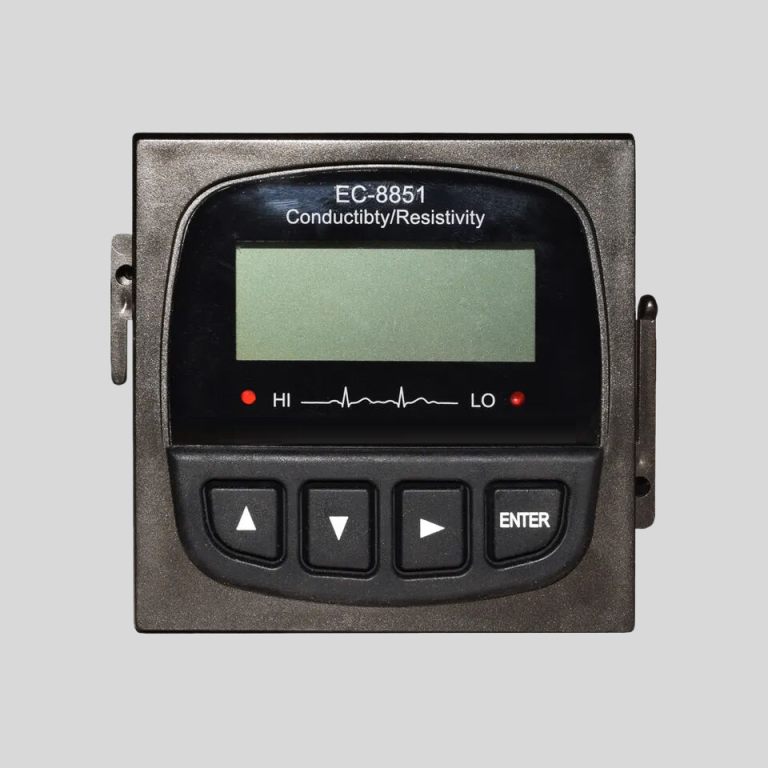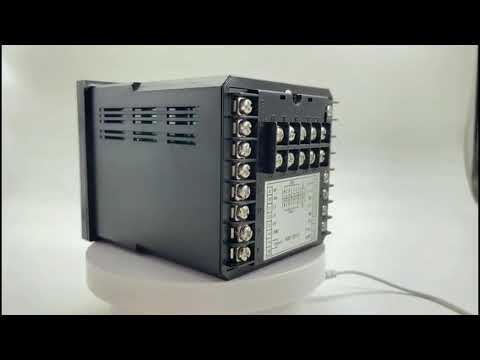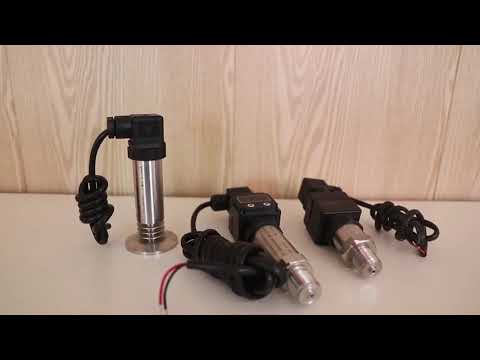Table of Contents
Benefits of Accurate pH Measurements in Various Industries
In various industries, accurate pH measurements are crucial for ensuring the quality and safety of products, as well as for maintaining efficient processes. One of the key tools used for measuring pH is a ph meter, which is a device that measures the acidity or alkalinity of a solution. However, in order for a pH meter to provide accurate and reliable measurements, it must be properly calibrated.
Calibration of a pH meter involves adjusting the device to ensure that it provides accurate readings when measuring the pH of a solution. This process involves comparing the readings of the pH meter to known standards, and making adjustments as necessary. There are several reasons why calibration of a pH meter is important in various industries.
First and foremost, accurate pH measurements are essential for ensuring the quality of products in industries such as food and beverage, pharmaceuticals, and water treatment. In the food and beverage industry, for example, pH measurements are used to monitor the acidity of products such as juices, dairy products, and sauces. If the pH of these products is not within the desired range, it can affect their taste, texture, and shelf life. By calibrating pH meters regularly, manufacturers can ensure that their products meet quality standards and are safe for consumption.
In the pharmaceutical industry, accurate pH measurements are critical for ensuring the effectiveness and safety of medications. The pH of a medication can affect its stability, solubility, and absorption in the body. If a pH meter is not properly calibrated, it can lead to inaccurate measurements that may compromise the quality of medications. By calibrating pH meters regularly, pharmaceutical companies can ensure that their products are safe and effective for patients.
In the water treatment industry, pH measurements are used to monitor the acidity or alkalinity of water in order to ensure that it is safe for consumption and meets regulatory standards. If a pH meter is not calibrated properly, it can lead to inaccurate readings that may result in improper treatment of water. This can have serious consequences, such as the presence of harmful contaminants in drinking water. By calibrating pH meters regularly, water treatment facilities can ensure that they are providing safe and clean water to the public.
In addition to ensuring the quality and safety of products, calibration of pH meters is also important for maintaining efficient processes in various industries. In manufacturing processes, pH measurements are used to monitor and control chemical reactions, as well as to optimize the performance of equipment such as pumps and filters. If a pH meter is not calibrated properly, it can lead to errors in measurements that may result in costly downtime and production delays. By calibrating pH meters regularly, manufacturers can ensure that their processes run smoothly and efficiently.
Overall, calibration of pH meters is essential for ensuring the quality, safety, and efficiency of processes in various industries. By calibrating pH meters regularly, companies can ensure that they are providing high-quality products, safe medications, clean water, and efficient processes. It is important for companies to invest in proper calibration procedures and equipment in order to maintain accurate pH measurements and uphold industry standards.
Importance of Regular pH Meter Calibration for Reliable Results
In the world of science and research, accuracy is paramount. Whether conducting experiments in a laboratory setting or monitoring the pH levels of a swimming pool, having precise and reliable measurements is crucial. One tool that is commonly used to measure pH levels is a pH meter. However, in order for a pH meter to provide accurate readings, it must be properly calibrated on a regular basis.
| Model | CCT-8301A Conductivity/Resistivity/TDS/TEMP Online Controller |
| Constant | 0.01cm-1, 0.1 cm-1, 1.0cm-1, 10.0 cm-1 |
| Conductivity | (500~100,000)uS/cm,(1~10,000)uS/cm, (0.5~200)uS/cm, (0.05~18.25) MΩ·cm |
| TDS | (250~50,000)ppm, (0.5~5,000)ppm, (0.25~100)ppm |
| Medium Temp. | (0~180)°C(Temp.Compensation: Pt1000) |
| Resolution | Conductivity: 0.01uS/cm, 0.01mS/cm; Resistivity: 0.01MΩ·cm; TDS:0.01ppm, Temp.: 0.1℃ |
| Accuracy | Conductivity: 1.5%(FS), Resistivity:2.0%(FS), TDS: 1.5%(FS), Temp.: +/-0.5℃ |
| Temp. compensation | With25°C as standard under normal medium; With 90C as standard under high temp medium |
| Communication port | RS485 Modbus RTU protocol |
| Analog output | Double channel (4~20)mA. Instrument/Transmitter for selection |
| Control Output | Triple channels photo-electronic semiconductor relay switch, Load capacity: AC/DC 30V,50mA(max) |
| Working Environment | Temp.(0~50)℃; relative humidity <95%RH (non-condensing) |
| Storage Environment | Temp.(-20~60)℃;Relative Humidity ≤85%RH (none condensation) |
| Power Supply | DC24V+/-15% |
| Protection Level | IP65 (with the back cover) |
| Dimension | 96mmx96mmx94mm(HxWxD) |
| Hole Size | 9lmmx91mm(HxW) |
pH meters are sensitive instruments that measure the acidity or alkalinity of a solution. They work by measuring the concentration of hydrogen ions in a solution and converting that measurement into a pH value. This information is important in a variety of applications, from monitoring the pH levels of soil in agriculture to ensuring the proper pH balance of water in a fish tank.
One of the main reasons why calibration of a pH meter is important is to ensure the accuracy of the readings. Over time, pH meters can drift out of calibration due to factors such as temperature changes, exposure to chemicals, or simply normal wear and tear. If a pH meter is not properly calibrated, it can lead to inaccurate readings, which can have serious consequences in certain situations.
| Measurement range | N,N-Diethyl-1,4-phenylenediamine (DPD) spectrophotometry | |||
| Model | CLA-7112 | CLA-7212 | CLA-7113 | CLA-7213 |
| Inlet channel | Single channel | Double channel | Single channel | Double channel |
| Measurement range | Free chlorine:(0.0-2.0)mg/L ,Calculated as Cl2; | Free chlorine:(0.5-10.0)mg/L ,Calculated as Cl2; | ||
| pH:(0-14);Temperature:(0-100)℃ | ||||
| Accuracy | Free chlorine:±10% or ±0.05mg/L(take the large value),Calculated as Cl2; | Free chlorine:±10% or±0.25mg/L(take the large value),Calculated as Cl2; | ||
| pH:±0.1pH;Temperature:±0.5℃ | ||||
| Measurement Period | ≤2.5min | |||
| Sampling interval | The interval (1~999) min can be set arbitrarily | |||
| Maintenance cycle | Recommended once a month (see maintenance chapter) | |||
| Environmental requirements | A ventilated and dry room without strong vibration;Recommended room temperature:(15~28)℃;Relative humidity:≤85%(No condensation) | |||
| Water sample flow | (200-400) mL/min | |||
| Inlet pressure | (0.1-0.3) bar | |||
| Inlet water temperature range | (0-40)℃ | |||
| Power supply | AC (100-240)V; 50/60Hz | |||
| Power | 120W | |||
| Power connection | The 3-core power cord with plug is connected to the mains socket with ground wire | |||
| Data output | RS232/RS485/(4~20)mA | |||
| Size | H*W*D:(800*400*200)mm | |||
For example, in a laboratory setting, inaccurate pH readings can result in faulty experimental data, leading to incorrect conclusions and potentially wasted time and resources. In industrial applications, such as water treatment plants, inaccurate pH measurements can result in improper treatment of water, which can have negative effects on the environment and public health.
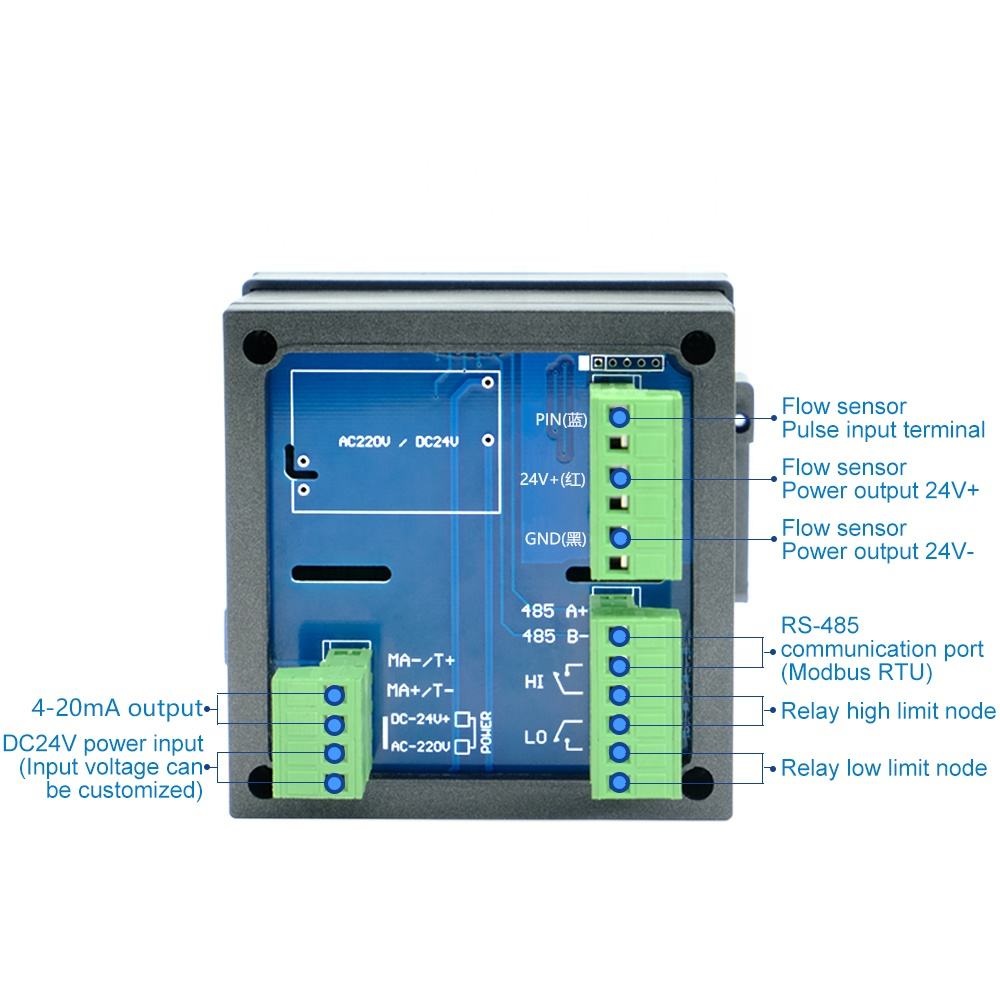
Regular calibration of a pH meter helps to ensure that the instrument is providing accurate and reliable readings. By calibrating a pH meter with standard buffer solutions, users can verify that the instrument is measuring pH values correctly. This not only helps to maintain the accuracy of the pH meter but also extends its lifespan, as regular calibration can help to identify any potential issues before they become serious problems.
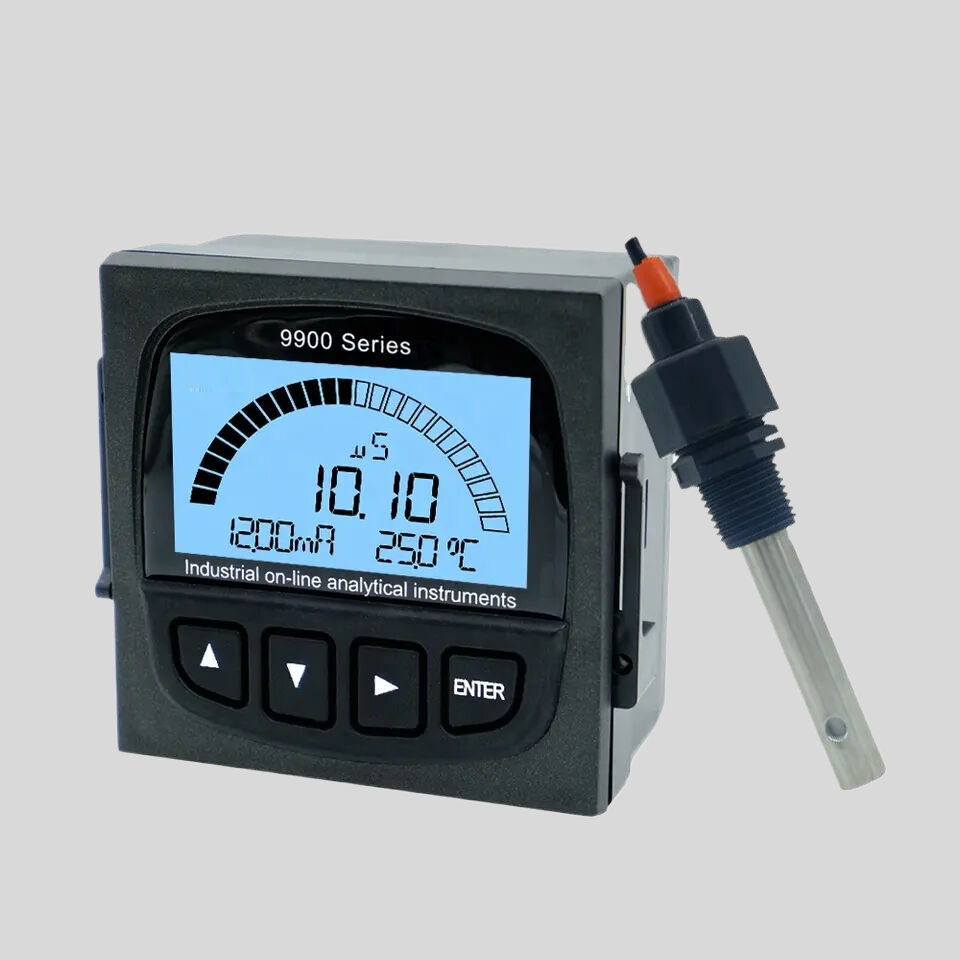
In addition to ensuring accuracy, calibration of a pH meter is also important for maintaining consistency. Consistent measurements are essential for comparing data over time or between different instruments. By calibrating a pH meter regularly, users can ensure that their measurements are consistent and reliable, allowing for more meaningful comparisons and analysis.
Furthermore, regular calibration of a pH meter is often a requirement for compliance with industry standards and regulations. Many industries, such as food and beverage, pharmaceuticals, and environmental monitoring, have strict guidelines for pH measurement accuracy. By calibrating a pH meter on a regular basis, users can demonstrate that they are following best practices and meeting regulatory requirements.
In conclusion, the calibration of a pH meter is essential for ensuring accurate, reliable, and consistent measurements. By calibrating a pH meter regularly, users can maintain the accuracy of the instrument, extend its lifespan, and comply with industry standards and regulations. Whether in a laboratory, industrial, or environmental setting, proper calibration of a pH meter is crucial for obtaining trustworthy results and making informed decisions.

